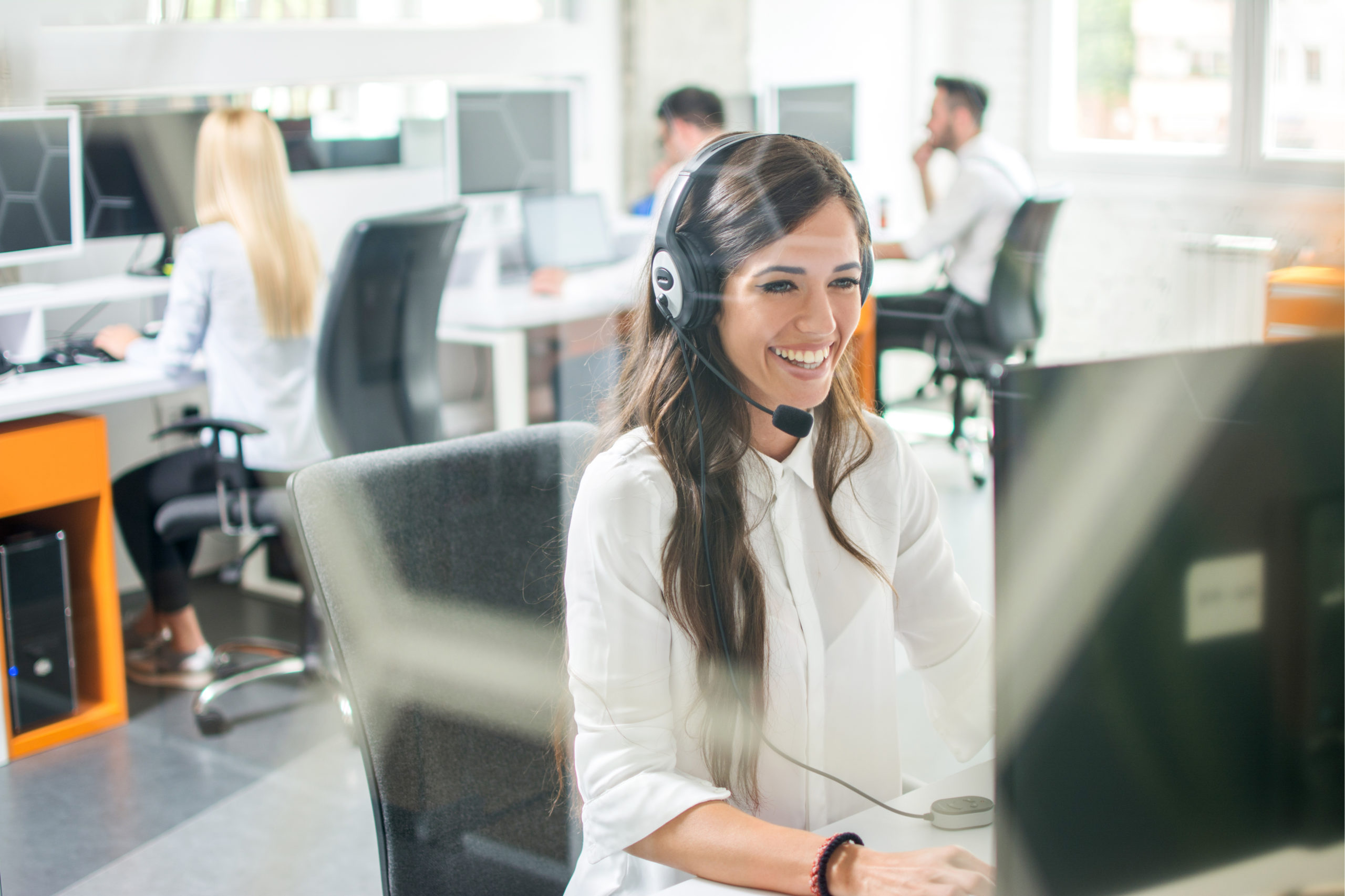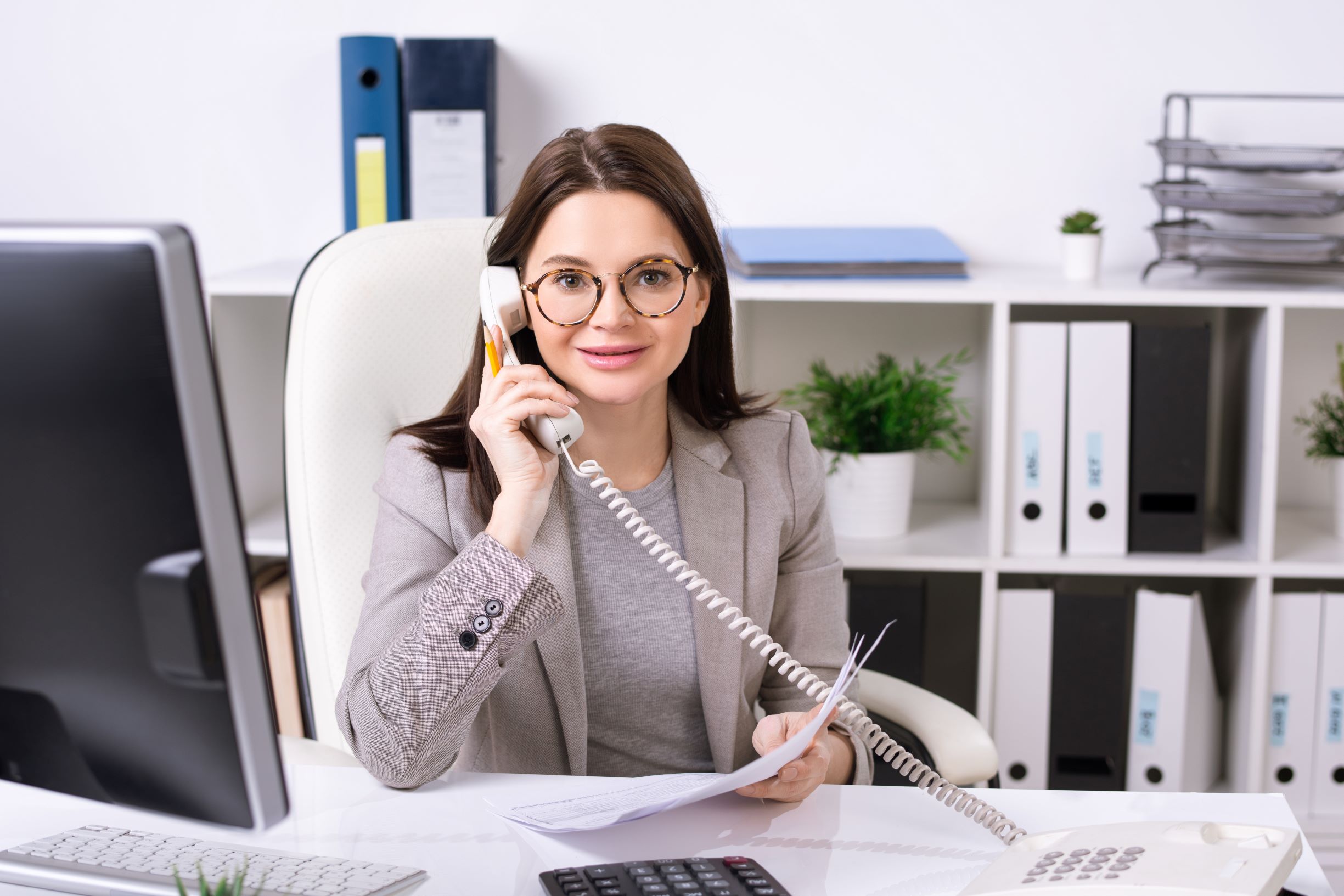All Categories
Featured
Table of Contents
- – Who Is The Best Telstra Voice Features & Servic...
- – How Much Is The New Outsource Answering Servic...
- – What Is The Best How Much Does An Answering Se...
- – What Is The Best 24/7 Live Telephone Answerin...
- – What Is The Best 24/7 Live Telephone Answerin...
- – What Are The Best 4 Different Types Of Busin...
Who Is The Best Telstra Voice Features & Services - Home Phone Company
This gadget and its successors were developed by Sava Jacobson, an electrical engineer with a personal consulting business. While early answering devices utilized magnetic tape innovation, a lot of contemporary equipment utilizes solid state memory storage; some gadgets use a combination of both, with a solid-state circuit for the outgoing message and a cassette for the incoming messages.
"toll saving" below) (virtual telephone answering). This works if the owner is screening calls and does not want to speak with all callers. In any case after going, the calling celebration must be notified about the call having been answered (in many cases this starts the charging), either by some remark of the operator, or by some greeting message of the little bit, or addressed to non-human callers (e.
This holds particularly for the TADs with digitally kept greeting messages or for earlier devices (before the increase of microcassettes) with a special unlimited loop tape, separate from a 2nd cassette, committed to recording. There have actually been answer-only gadgets without any recording abilities, where the welcoming message needed to inform callers of a state of current unattainability, or e (business call answering service).
How Much Is The New Outsource Answering Services In The Usa - Start From $11/hr?

about schedule hours. In recording Littles the welcoming typically consists of an invitation to leave a message "after the beep". A voice mail that utilizes a microcassette to record messages On a dual-cassette answerphone, there is an outgoing cassette, which after the specified variety of rings plays a pre-recorded message to the caller.

Single-cassette answering machines include the outbound message at the beginning of the tape and inbound messages on the remaining space. They initially play the announcement, then fast-forward to the next readily available area for recording, then tape the caller's message. If there are lots of previous messages, fast-forwarding through them can trigger a substantial delay.
This beep is typically described in the welcoming message, asking for that the caller leave a message "after the beep". Little bits with digital storage for the taped messages do not reveal this delay, naturally. A little might use a push-button control facility, whereby the answerphone owner can call the home number and, by getting in a code on the remote telephone's keypad, can listen to tape-recorded messages, or delete them, even when far from house.
What Is The Best How Much Does An Answering Service Cost In 2023? On The Market

Thus the machine increases the number of rings after which it addresses the call (typically by two, leading to 4 rings), if no unread messages are presently kept, however answers after the set number of rings (generally 2) if there are unread messages. This permits the owner to discover whether there are messages waiting; if there are none, the owner can hang up the phone on the, e.
Some devices likewise enable themselves to be remotely triggered, if they have been turned off, by calling and letting the phone ring a particular a great deal of times (generally 10-15). Some service companies abandon calls currently after a smaller sized number of rings, making remote activation difficult. In the early days of TADs a special transmitter for DTMF tones (dual-tone multi-frequency signalling) was regionally required for remote control, since the formerly utilized pulse dialling is not apt to convey appropriate signalling along an active connection, and the dual-tone multi-frequency signalling was executed stepwise.
Any inbound call is not recognizable with respect to these homes in advance of going "off hook" by the terminal equipment. So after going off hook the calls need to be switched to proper devices and just the voice-type is instantly accessible to a human, but possibly, however need to be routed to a LITTLE (e.
What Is The Best 24/7 Live Telephone Answering Services In Australia To Buy
What if I told you that you do not need to actually get your device when addressing a customer call? Another person will. So practical, ideal? Answering phone calls doesn't require somebody to be on the other end of the line. Efficient automated phone systems can do the technique simply as efficiently as a live representative and often even much better.
An automatic answering service or interactive voice response system is a phone system that communicates with callers without a live person on the line - virtual call answering service. When companies utilize this technology, customers can get the response to a question about your company merely by utilizing interactions established on a pre-programmed call circulation.
Although live operators update the customer care experience, numerous calls do not need human interaction. A simple taped message or directions on how a customer can retrieve a piece of details generally fixes a caller's instant need - telephone answering service. Automated answering services are an easy and effective method to direct inbound calls to the best person.
What Is The Best 24/7 Live Telephone Answering Services In Australia For Me
Notice that when you call a business, either for support or product query, the first thing you will hear is a pre-recorded voice welcoming and a series of options like press 1 for customer support, press 2 for inquiries, and so on. The pre-recorded alternatives branch off to other choices depending upon the client's selection.
The phone tree system assists direct callers to the right person or department utilizing the keypad on a mobile phone. In some circumstances, callers can utilize their voices. It deserves keeping in mind that auto-attendant choices aren't limited to the ten numbers on a phone's keypad. Once the caller has selected their very first option, you can create a multi-level auto-attendant that utilizes sub-menus to direct the caller to the best kind of help.
The caller does not need to interact with an individual if the auto-attendant phone system can handle their concern. The automated service can path callers to a worker if they reach a "dead end" and need help from a live representative. It is costly to hire an operator or executive assistant.
What Are The Best 4 Different Types Of Business Phone Answering Services
Automated answering services, on the other hand, are substantially more economical and supply considerable cost savings at an average of $200-$420/month. Even if you don't have actually dedicated staff to handle call routing and management, an automated answering service enhances productivity by permitting your team to focus on their strengths so they can more effectively invest their time on the phone.
A sales lead routed to consumer service is a lost shot. If a client who has item questions reaches the wrong department or receives incomplete answers from well-meaning employees who are less trained to manage a particular kind of concern, it can be a reason for disappointment and frustration. An automated answering system can reduce the number of misrouted calls, consequently assisting your workers make much better use of their phone time while maximizing time in their calendar for other tasks.
With Automated Answering Systems, you can produce a tailored experience for both your staff and your callers. Make a recording of your main welcoming, and just update it routinely to show what is going on in your organization. You can create as many departments or menu options as you desire.
Table of Contents
- – Who Is The Best Telstra Voice Features & Servic...
- – How Much Is The New Outsource Answering Servic...
- – What Is The Best How Much Does An Answering Se...
- – What Is The Best 24/7 Live Telephone Answerin...
- – What Is The Best 24/7 Live Telephone Answerin...
- – What Are The Best 4 Different Types Of Busin...
Latest Posts
Thorough 24/7 Answering Service
Live Answering Service – Australia 4655
Virtual Call Reception Service
More
Latest Posts
Thorough 24/7 Answering Service
Live Answering Service – Australia 4655
Virtual Call Reception Service